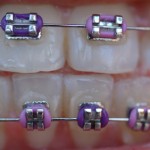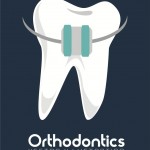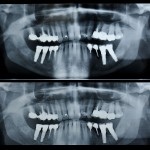
This review assessing the impact of wearing a mouthguard on athletic performance included 41 studies involving 852 athletes. While the findings suggest some potential benefits for athletic performance the included studies are small, very hetrogeneous with only 7 studies being at low risk of bias. Consequently the findings should be interpreted very cautiously.
[read the full story...]








